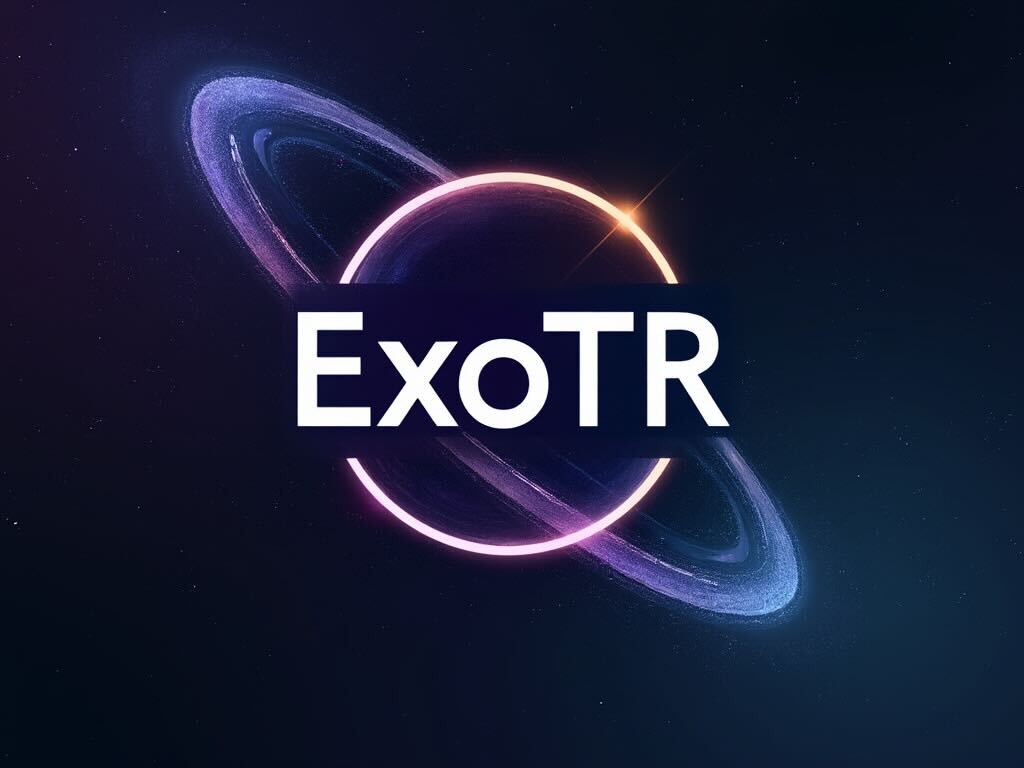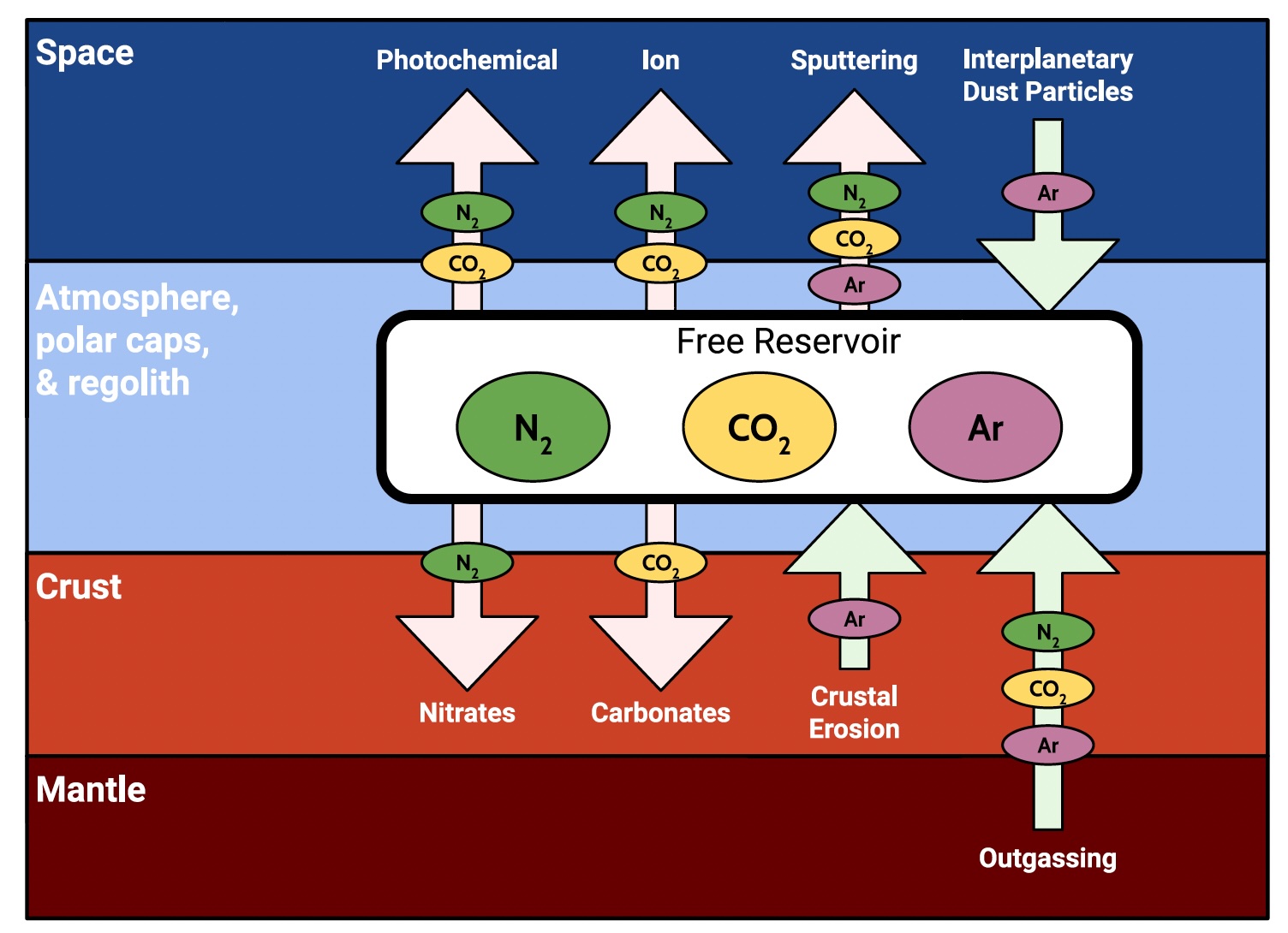EPACRIS

EPACRIS (ExoPlanet Atmospheric Chemistry & Radiative Interaction Simulator) is a software to compute the pressure-temperature profile and chemical composition of planetary atmospheres, based on fundamental principles and user-specified initial and boundary conditions. EPACRIS has the capability of simulating massive atmospheres of gaseous planets, thin atmospheres of terrestrial planets and exoplanets (e.g., Earth, Mars, Venus, and rocky exoplanets), and intermediate atmospheres of sub-Neptunes, the most populous type of planets in the Galaxy. EPACRIS is coded in C.
We provide EPACRIS in modules of multiple levels of sophistication.
- A web-based, easy-to-use function to simulate grey atmospheres in thermochemical equilibrium: https://epacris.ipac.caltech.edu
- EPACRIS-Climate module with state-of-the-art schemes to compute radiative-convective temperature profiles in non-grey planetary atmospheres: Link to the source code. EPACRIS-Climate has been used to simulate the secondary atmosphere on the rocky exoplanet 55 Cancri e, the atmospheres on the temperate sub-Neptunes K2-18 b and TOI-270 d, as well as a potential atmosphere on the temperate water world LHS 1140 b.
- EPACRIS-Chemistry module revolutionizes the way to simulate disequilibrium chemistry effects in planetary atmospheres with the unique capability to generate chemical reaction networks automatically based on planetary conditions. EPACRIS-Chemistry has been validated against JWST observations of hot Jupiters and used to reveal chemical signatures of water-rich atmospheres on sub-Neptunes. We will release EPACRIS-Chemistry soon and in the meantime welcome collaborations.
ExoREL

ExoREL (Exoplanet REflected Light) is a Bayesian retrieval algorithm to interpret the reflected light spectra of exoplanets. As a unique feature, it constructs cloud densities through vertically non-uniform volume mixing ratios of water and ammonia, thus preserving the causal relationship between condensation and cloud formation in the retrievals. ExoREL has been used to define the measurements needed to determine the bulk atmospheric composition of widely separated sub-Neptunes and characterize various types of rocky exoplanets in or near the habitable zones with future direct-imaging space missions, such as the Habitable Worlds Observatory. We will release ExoREL soon and in the meantime welcome collaborations.
ExoTR

ExoTR (Exoplanetary Transmission Retrieval) is a Bayesian retrieval algorithm to interpret exoplanetary transmission spectra. Its useful features include: a) the cloud layer can be modeled as an optically thick surface or as a physically motivated cloud scenario tied to a non-uniform volume mixing ratio profile of water; b) the atmospheric abundances can be fit in the centered-log-ratio (CLR) space with the prior functions designed to render a flat prior when transformed back to the log-mixing-ratio space; and c) the stellar heterogeneity components can be jointly fit with the planetary atmospheric parameters. ExoTR has been used to interpret the first JWST spectrum of the temperate water world LHS 1140 b. ExoTR is coded in Python. Link to the source code
CANARY

CANARY traces the abundance and isotopic composition of CO2, N2, and Ar on Mars’s surface from 3.8 Ga to the present, including the impacts of outgassing, escape to space, and sequestration into the crust. As novel features, the model integrates the atmospheric and geological sources and sinks and enables the joint analysis of the C, N, Ar, and H isotopes using the Markov Chain Monte Carlo method. CANARY and its predecessors have been used to unify isotopic and remote-sensing data and suggest that ancient Mars had a moderately dense (~1 bar) CO2 atmosphere enriched with significant amounts of N2. CANARY is coded in MATLAB. Link to the source code